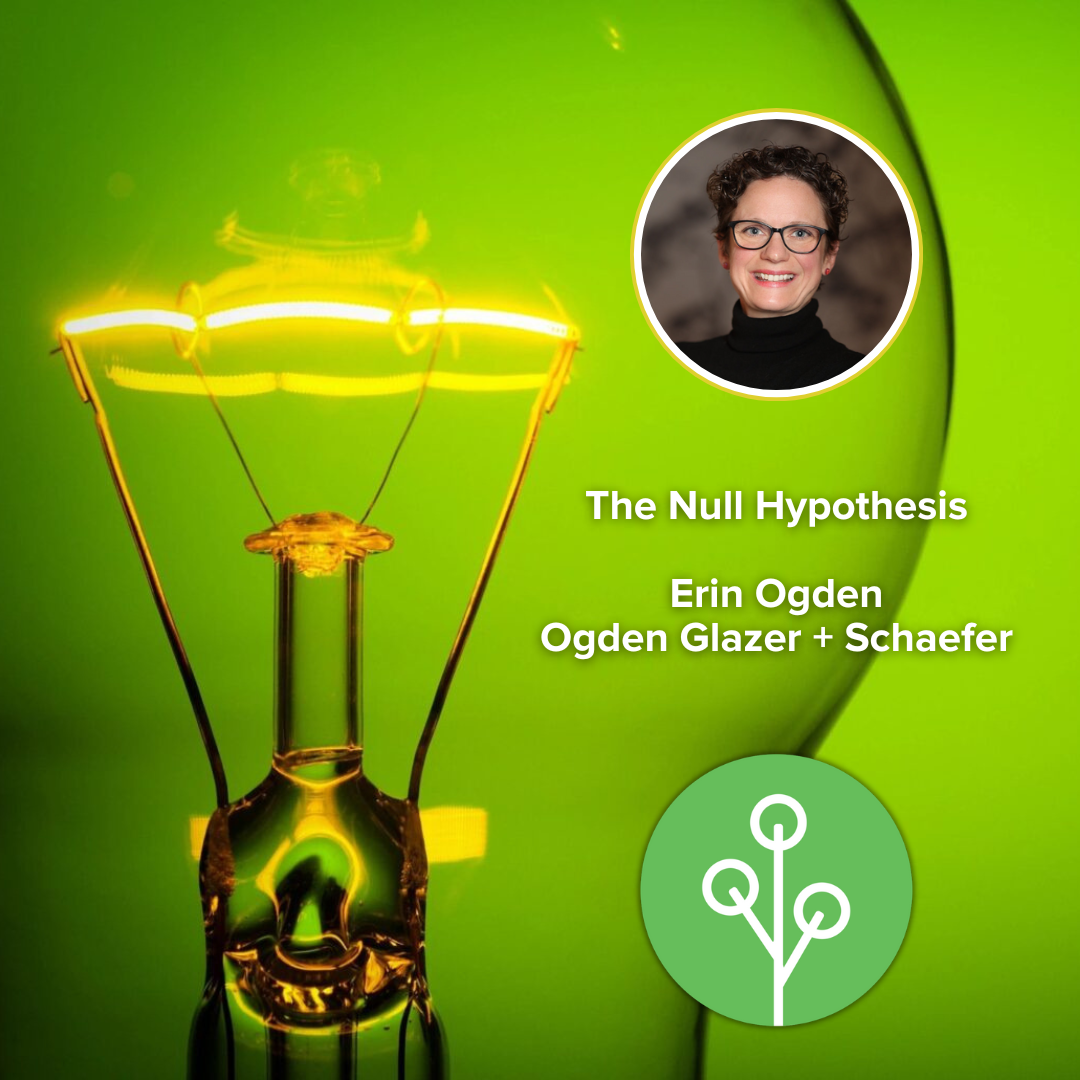You’ve probably heard the steps in the “Scientific Method.” There are lots of versions of it, but it boils down to this:
- Make an observation or two
- Form a hypothesis based on the observations
- Experiment to test the hypothesis
- Accept or reject the hypothesis
- Repeat
We hear it in business, too. And, I love it. I apply this all over life. New recipes, new driving routes, all sorts of things. It is not unusual to hear me grumble about “too many variables at play” or a “limited data set” or “n of 1.” My family mostly just rolls their eyes, but it works.
One thing that I often hear about experimentation is fear. Fear of failure, fear of wasted time, fear of being wrong. I have a suggestion to make to help with those fears. It’s the “null hypothesis.” The null hypothesis states that there will be no change. You assume that you are going to do something different, and there will be no change. Ta-da! No failure! If nothing changes, then you proved your hypothesis! Congratulations.
If something did change, then you learned something. That something can show you that either there is a new way to do something or that your current way is the better way. Both are good. Thomas Edison is often quoted or misquoted as saying something like “I never once failed at making a light bulb. I just found out 99 ways not to make one.” Or did he say 1000, 10000, or some other big number? According to the Smithsonian he said, “I have not failed 10,000 times—I’ve successfully found 10,000 ways that will not work.” Regardless of the quote, the sentiment is the same. The null hypothesis was at work.
“This won’t work!”
“Yay! I’m correct. It didn’t work!”
Until one day, “Eureka! Light!”
So if you are scared that something won’t work and so you don’t try, make “not working” be the hypothesis. Test it for a bit. Be happy to be proved right (or wrong). And whichever happens, know you are one step closer to the lightbulb moment!

